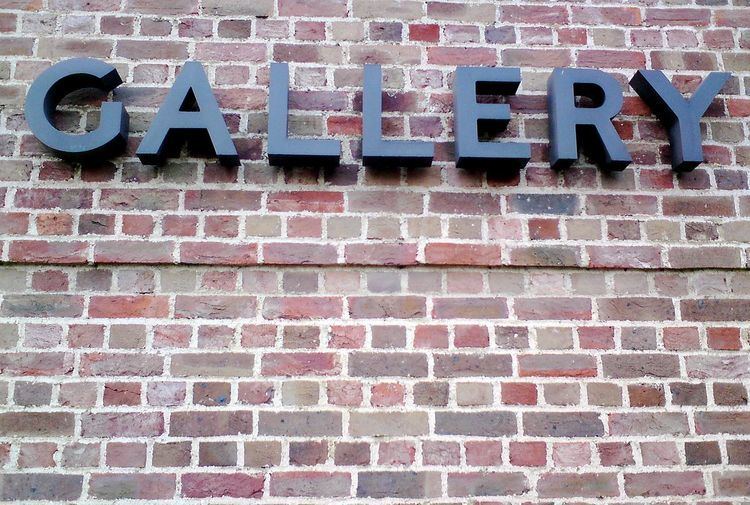
The Times in 1788 without headlines or images.

The times newspaper has been published since 1785 and has gone through a number of changed in appearance from the introduction of headlines in the late 19th century, to the printing of images in colour in the 1970s. Here I have provided a countdown of the 10 worst fonts that I love to hate, and the proposed reasons why I do, followed by 5 fonts which I believe have stood the test of time. Typefaces have personalities and if their personalities don’t match the essence of your message, you can create a conflict which distracts your audience. No matter how “neutral” a particular typeface may be objectively, misuse can cause it to be reviled and vituperated. I also believe that overuse and misuse (as well as perceived attractiveness) also tend to have an impact on the way fonts are generally viewed. Biľak even invented a font called Karloff which exists in a continuum of line thicknesses to illustrate his point, and to show that an intermediate form, one in which all lines are of the same thickness is neutral to look at. You may notice that Pica is almost the exact inverse of Bodoni in that thick lines in Pica are think in Bodoni and vice versa. Biľak named Pica Italian as an example of an “ugly” font… …and Bodoni as a “beautiful” one. The key word in the last sentence was of course “perception”, because, as “The Private World of Darkness”, an episode of Rod Sterling’s timeless show The Twilight Zone, pointed out, beauty is well and truly in the eye of the beholder.


His “thesis” was that exquisiteness and repulsiveness in fonts are really two sides of the same coin, and clarified that thickness and thinness of lines have a huge part to play in the perception of fonts as either tasteful and dignified or strange and monstrous. Slovakian graphic and typeface designer Peter Biľak recently wrote a blog post elucidating what beauty and ugliness in typography really means.

When your target audience views your message in a font which they really can’t stand, all attention can be drawn away from the message and toward the messenger. Most fonts pass us by completely overlooked, and we notice only the most elegant, or the most grotesque.


 0 kommentar(er)
0 kommentar(er)
